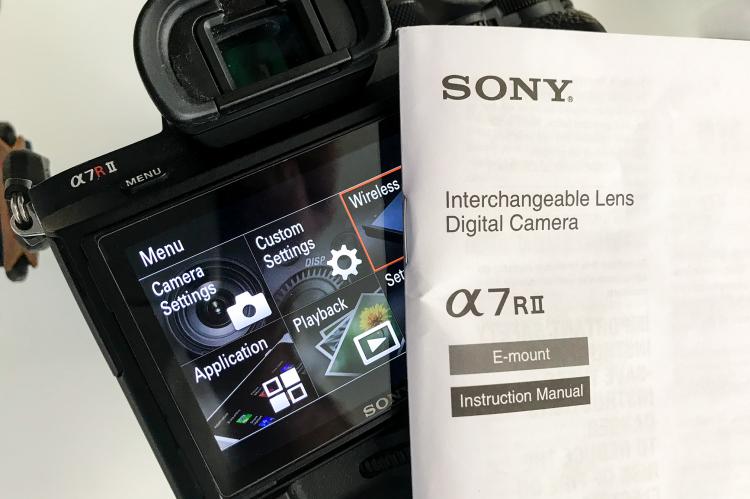Read the manual more than once
Ideally your camera rig should be an extension of yourself and second nature to operate.
When you get a new piece of kit, say a camera, read the manual thoroughly with the camera in hand. Then, read it again while familiarising yourself with all the knobs and buttons, and going through all the settings in the menus. It is unlikely you will ever use them all, or even most of them, as modern cameras have become very capable at the price of added complexity.
But you should know which different functions are hiding in the menus as one day you may need them. Or you may later develop your technique and decide to go in a different direction—for example, from stills to video. But most importantly, practice and play until you can set and switch between your preferred modes of operation or settings without taking your eyes off the viewfinder. It should be like driving a stick shift.
It is about how well you use your camera
Making great pictures is not about having the latest and best equipment around but about knowing how to use what we have in an optimal way. Consider this: The classical masters of photography—like Ansel Adams, Robert Capa, Henri Carter Bresson and Dorothea Lange—only had rather rudimentary mechanical film cameras, with none of the many features and fancy technology that is now available in even basic consumer cameras and smartphones. Technology makes many things a lot easier, but only if we know how to use it properly. It does not make us good photographers on its own. It is just a tool, and we have to understand how it works if we are to be in control of the creative process.
Second nature
I have owned and used about seven generations of cameras since I took up photography as a kid. I have had each camera for some seven to eight years, and mostly upgraded to newer systems only when new technology and standards made my existing systems feel too limited, if not outright outdated. My current system is the Sony a7Rii (as shown) which I have used for three years. This is by far the most advanced and capable camera I have ever had. It has enabled me to expand my knowledge and technique quite considerably—and I am still exploring the options. But it is not the one with which I have ever felt most intuitively connected.
My first really good underwater set-up was a Minolta 700si —an autofocus 35mm film SLR camera in a Seacam housing and strobes. I could operate everything by feel, without taking my eyes off the viewfinder. I knew exactly how to meter the light and set various setting for different scenarios. It was always a pleasure to handle.


